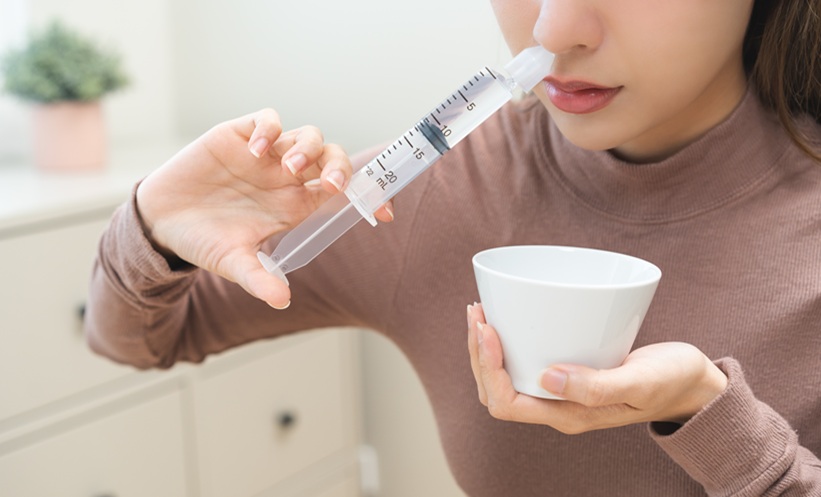ALLERGIC rhinitis (AR) is a chronic inflammatory disease of the nasal mucosa that affects a significant proportion of both adults and children worldwide. Its prevalence has risen to 10%–30% in adults and up to 40% in children, creating considerable challenges for general practitioners in both prevention and management. AR not only diminishes patients’ quality of life but also imposes a substantial socioeconomic burden. In Europe alone, productivity losses due to AR are estimated at 30–50 billion euros annually, highlighting the urgent need for effective and accessible treatment strategies.
Nasal saline irrigation improves outcomes with standard therapy
In patients with moderate-to-severe persistent allergic rhinitis (PAR) who do not achieve symptom control with intranasal corticosteroid (INCS) monotherapy, current guidelines support a step-up approach combining INCS with intranasal antihistamines (INAH). Recent research has explored whether adding nasal saline irrigation to this combination can further enhance therapeutic outcomes. Nasal saline irrigation is widely used in primary care due to its potential to reduce nasal congestion, improve mucociliary clearance, and increase the bioavailability of topical medications.
A multicentre, randomised, controlled trial evaluated the efficacy and safety of integrating nasal saline irrigation with Aze-Flu nasal spray in patients with moderate-to-severe PAR. After four weeks, participants receiving the combination therapy experienced a significant reduction in total nasal symptom scores (TNSS) compared to the control group. Improvements were also observed in nasal signs, quality of life measures, and overall patient satisfaction, without an increase in adverse events. These findings indicate that nasal saline irrigation is a practical and effective adjunct to pharmacological treatment in AR.
Despite some limitations, including the short study duration and absence of a placebo group, this research provides high-quality evidence supporting the use of nasal saline irrigation in combination with INCS and INAH. Its two-stage protocol, beginning with hypertonic saline followed by isotonic saline, balances rapid symptom relief with long-term tolerability. For primary care clinicians, integrating nasal saline irrigation into standard AR therapy represents a cost-effective, safe, and accessible approach that can significantly enhance patient outcomes.
Nasal saline irrigation is therefore emerging as a valuable tool in the management of allergic rhinitis, offering measurable benefits when used alongside conventional therapies.
Reference
Li S et al. Nasal saline irrigation with azelastine-fluticasone nasal spray in moderate-to-severe persistent allergic rhinitis: a randomized controlled trial. Front Allergy. 2025;6:1622510.






